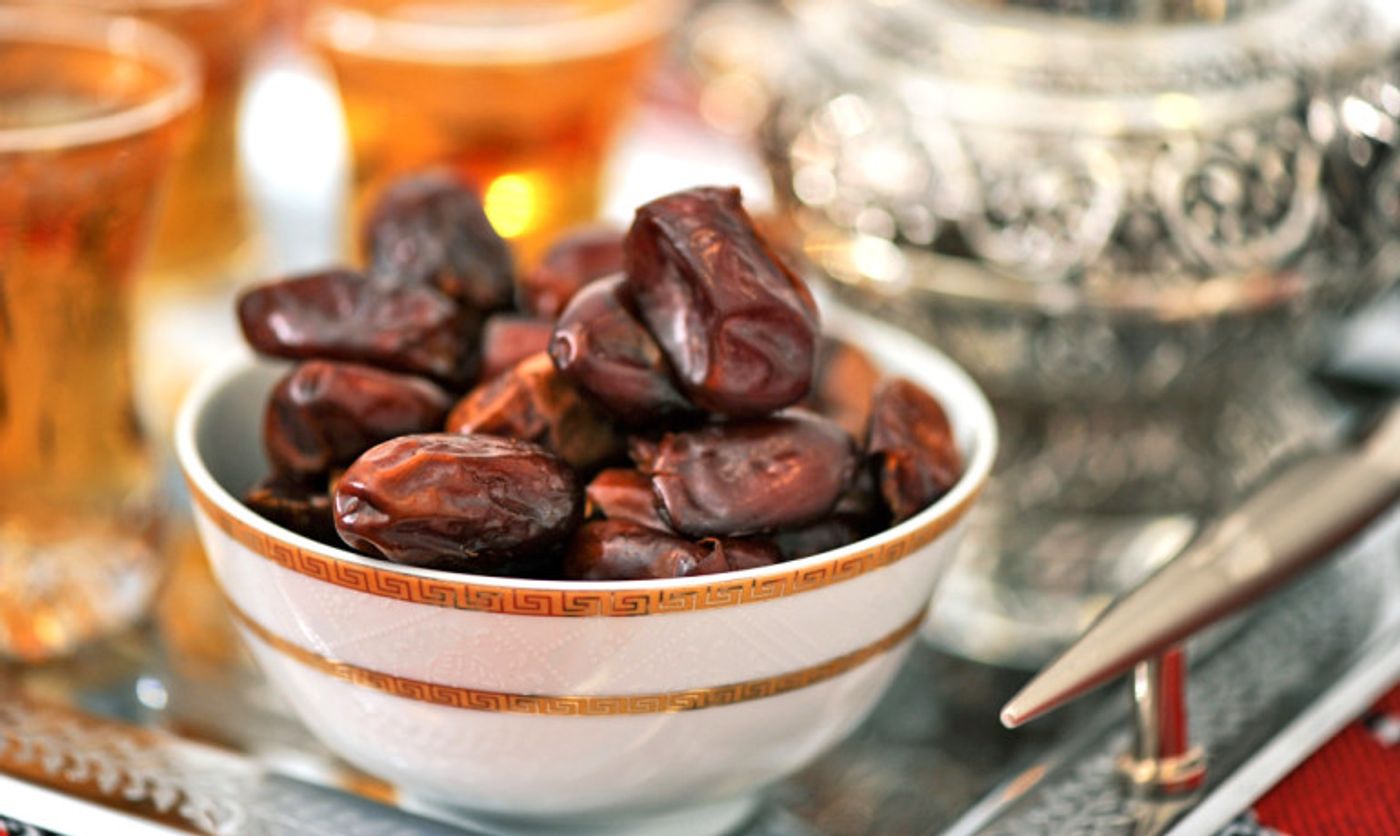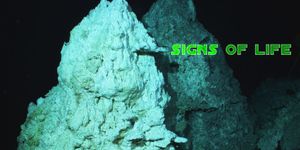Scientists have developed a map of genetic differences across the genome of date palms, which produce the Middle East’s iconic fruit.
They have also established genetic differences between Middle Eastern and North African date palms.
In a new paper in
Nature Communications, researchers at the Center for Genomics and Systems Biology at NYU Abu Dhabi identify more than 7 million mutations or nucleotide polymorphisms found between date palm varieties. They also identify genes that may be important in fruit ripening, fruit color, and disease resistance in dates.
The study offers two possible explanations for the crop’s origin. One suggests that contemporary date palms descend from two distinct domestication events—an early event in the Middle East, and a later one in North Africa. A second hypothesis proposes that date palms were first cultivated in the Middle East and later spread to North Africa, but somewhere along the way North African dates were crossed with a wild predecessor.
“The data on diversity in the genomes helps us to identify genes that may help develop better date palms,” says Michael Purugganan, professor of biology and leader of the 100 Dates! genome sequencing project. “It also tells us how date palms evolve, and provides clues as to where date palms came from.”
Evidence from archeological digs suggests that the origin of domesticated dates is in the Gulf. Seeds have been found on Dalma Island, Abu Dhabi that are more than 7,000 years old. Cultivated dates seem to appear about 3,000 years later in North Africa, according to excavation of ancient sites.
The team analyzed the genome of 62 varieties of date palm from 12 countries. Seventeen samples came from North Africa; 36 inhabit the Middle East; nine are native to South Asia.
The wild ancestor of the date palm is elusive, but identifying one would provide scientists with valuable information. Lead author Khaled Hazzouri says: “It is important to know the identity and geographic origin of the wild progenitor of a domesticated species because it will help us understand the evolutionary process underlying domestication and the nature of the genetic changes underlying domestication.”
Purugganan, Hazzouri, and the team also discovered a genetic mutation that causes the trees to produce either yellow or red fruit. Interestingly, the date palm shares this genetic mutation with its very distant cousin, the oil palm. These two plants are separated by approximately 60 million years of evolution, so it’s surprising that genes in both species would code for the same trait. “This similarity tells us that evolution uses the same genes in different species to get the same result,” Purugganan says.
It’s possible that information like this could be used by plant breeders to engineer date varieties that have particular traits. For example, since some varieties of date palms can live on water with high salinity, farmers who grow crops in arid terrain could plant date palm varieties suitable for that type of climate.
Source:
NYU
This article was originally posted on
futurity.org.


















































